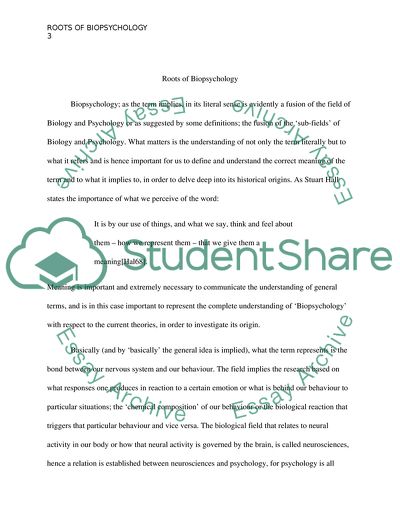Cite this document
(Biopsychology as a Fusion of the Field of Biology and Psychology and Research Paper, n.d.)
Biopsychology as a Fusion of the Field of Biology and Psychology and Research Paper. Retrieved from https://studentshare.org/medical-science/1736081-roots-of-biopsychology
Biopsychology as a Fusion of the Field of Biology and Psychology and Research Paper. Retrieved from https://studentshare.org/medical-science/1736081-roots-of-biopsychology
(Biopsychology As a Fusion of the Field of Biology and Psychology and Research Paper)
Biopsychology As a Fusion of the Field of Biology and Psychology and Research Paper. https://studentshare.org/medical-science/1736081-roots-of-biopsychology.
Biopsychology As a Fusion of the Field of Biology and Psychology and Research Paper. https://studentshare.org/medical-science/1736081-roots-of-biopsychology.
“Biopsychology As a Fusion of the Field of Biology and Psychology and Research Paper”, n.d. https://studentshare.org/medical-science/1736081-roots-of-biopsychology.


